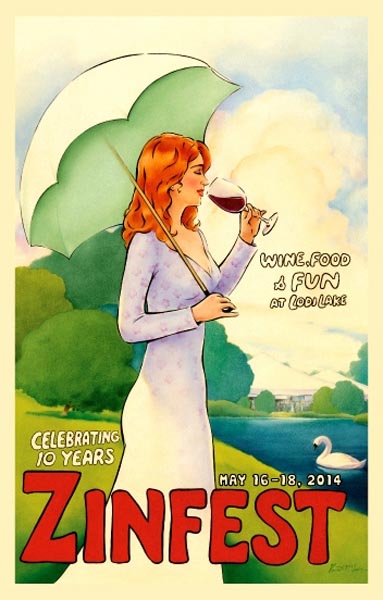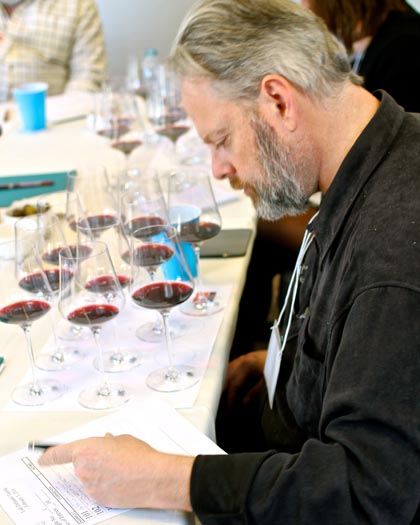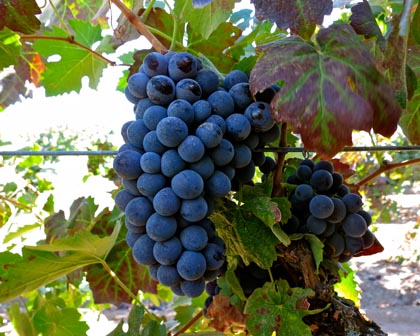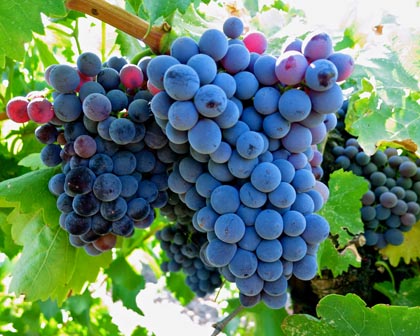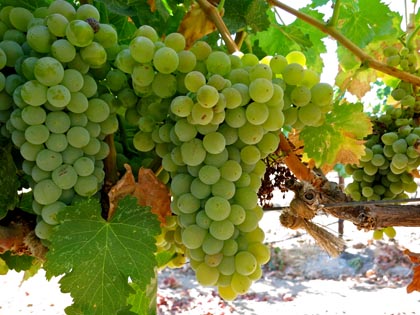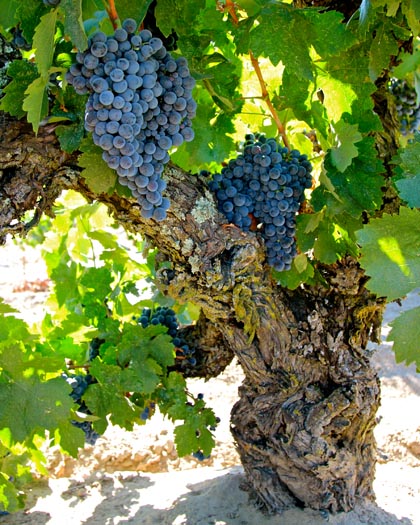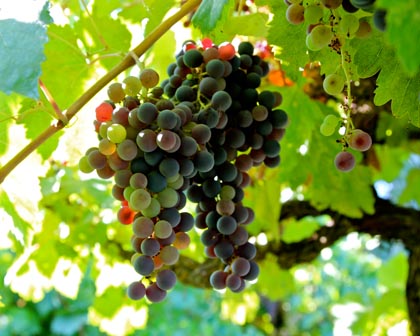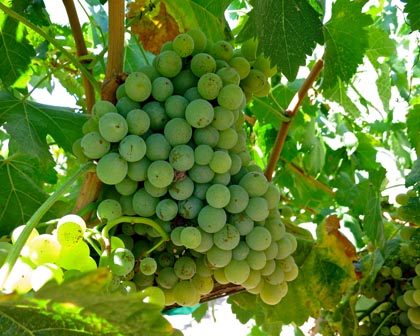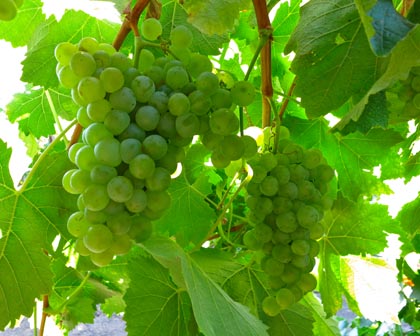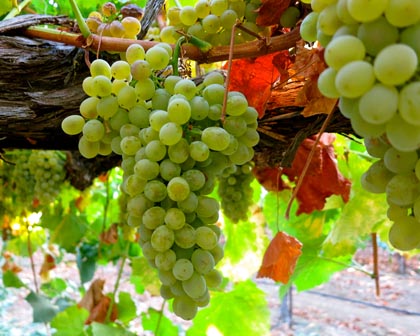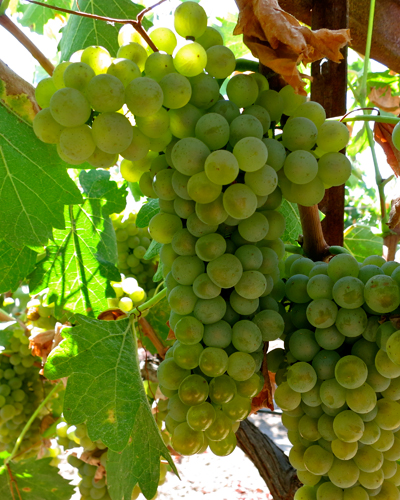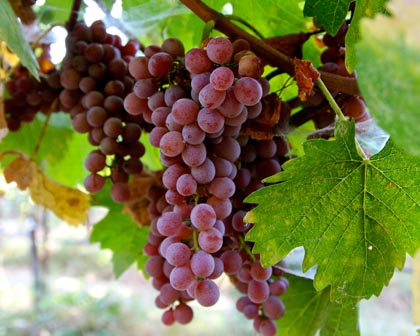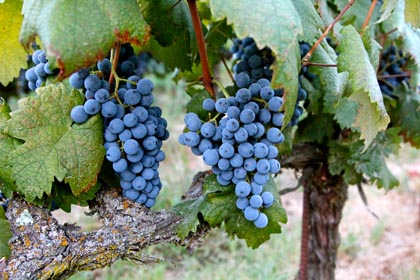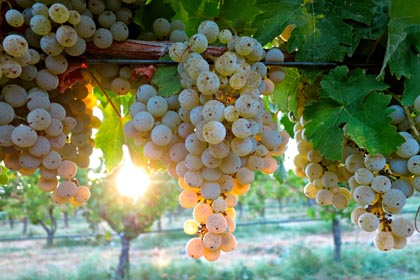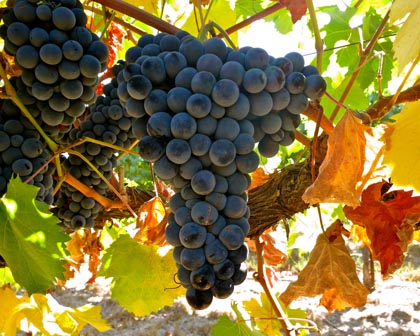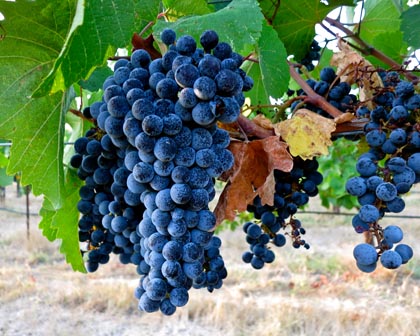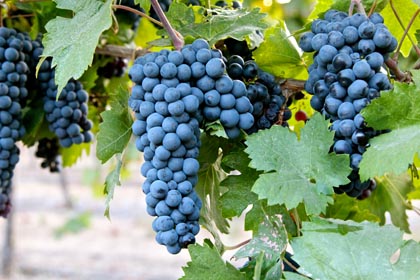Letters from Lodi
An insightful and objective look at viticulture and winemaking from the Lodi
Appellation and the growers and vintners behind these crafts. Told from the
perspective of multi-award winning wine journalist, Randy Caparoso.
ZinFest Wine School will explore Lodi’s wonderful diversity of wines
Lodi ZinFest 2014
The Lodi ZinFest Wine Festival has never been just about Zinfandel. It’s always been about the huge variety of wines grown and produced in the Lodi AVA.
At this year’s ZinFest, taking place Saturday, May 17, 2014 (12-5 PM) in Lodi Lake Park, two of California’s leading wine educators and professional wine judges will lead ZinFest Wine School tastings, addressing the amazing array of alternative style wines now being produced by Lodi’s artisanal wineries. Re:
Ellen Landis speaking at 2014 ZAP
1:00 – 1:40 PM
LODI’S IMPRESSIVE DIVERSITY OF REDS
Ellen Landis – a distinguished Certified Sommelier, Certified Wine Specialist, and owner of Landis Shores Oceanfront Inn – leads you on a whirlwind tasting of red wines graphically demonstrating the fact that Lodi is not just Zinfandel counry, but also California’s leader in alternative style red wines made from black skinned grapes such as Sangiovese, Touriga, Tempranillo or Graciano.
2:00 – 2:40 PM
THE LIGHT, REFRESHING SIDE OF LODI
Fred Swan – a Certified Sommelier who teaches at San Francisco Wine School and pens the widely read norcalwine.com blog – leads you on a tasting tour of his favorite Lodi grown white and dry pink wines; demonstrating why a number of well known wine writers, such as the U.K.‘s Oz Clarke, have recently voiced the opinion that the ideal wine grapes for Lodi's Mediterranean climate and sandy loam soils may not actually be grapes like Zinfandel or Petite Sirah, but rather grapes for white wines or rosés (the latter types, made from black skinned grapes such as Grenache, Barbera and Tempranillo).
Although they will not be able to cover everything grown in Lodi, our two speakers will have a lot to choose from. In fact, according to the 2012 Grape Acreage Report put out by USDA's National Agricultural Statistics Service, approximately 10.2% of the total acreage of wine grapes grown in California can be classified as "other" — including many of the “alternative” style varietals more common to Lodi than in other American wine regions, such as Albariño and Alicante Bouschet, Cinsaut and Souzão, Vermentino and Verdelho, Graciano and Teroldego, Marzemino and Montepulciano, Kerner and Trincadeira, Touriga and Torrontés, Pinotage and Piquepoul, and many others of, frankly, commercially obscure identity, from Albalonga to Zweigelt.
The other 89.8% are among the following list of California's 16 most widely planted varieties or crossings of Vitis vinifera (i.e. European wine grapes). According to the 2012 report:
Fred Swan judging “12 Zins of Lodi”
1. Chardonnay (93,153 acres)
2. Cabernet Sauvignon (76,691 acres)
3. Zinfandel (46,857 acres)
4. Merlot (45,260 acres)
5. Pinot Noir (38,049 acres)
6. French Colombard (21,020 acres)
7. Syrah (18,620 acres)
8. Sauvignon Blanc (14,911 acres)
9. Pinot Gris (12,473 acres)
10. Rubired (10,903 acres)
11. Petite Sirah (7,957 acres)
12. Barbera (6,286 acres)
13. Chenin Blanc (5,936 acres)
14. Grenache (5,846 acres)
15. Ruby Cabernet (5,801)
16. Carignan (2,547 acres)
Just to put this in perspective: just over 40 years ago, in 1972, the five most widely planted grapes in California used to be (in order of most acres) Carignan, French Colombard, Zinfandel, Grenache and Barbera. These five accounted for 44% of the wine grapes grown at the time (according to Martin and Heien, California’s wine industry enters a new era). Sure, there were considerable amounts of Chardonnay and Cabernet Sauvignon grown in California 40 years ago. But 40 years ago most consumers of California wine still drank generic “jug” wines. Premium varietals such as Chardonnay and Cabernet Sauvignon did not become consumer favorites until the mid-eighties.
Barbera in Jahant-Lodi’s Leventini Vineyard (sourced by St. Amant Winery and Uvaggio Wines)
40 years ago there was virtually no Pinot Gris grown in California, and just a tiny amount of Pinot Noir. There were miniscule proportions of Syrah, and Merlot was still something of an experimental grape, even if familiar to Bordeaux wine lovers. Grapes such as French Colombard, Rubired, and Ruby Cabernet were more widely planted in the seventies, and are still around today; although primarily utilized, then as now, as blending grapes going into less expensive bottlings.
Classic Grenache in Acquiesce Vineyard (Mokelumne River)
In Lodi, as in elsewhere in the state, varieties like Grenache, Carignan and Barbera have recently been enjoying a growing popularity as varietal wines among consumers seeking alternative style wines. Although they used to be common workhorse grapes, going primarily into jug reds, they are now considered "cool" precisely because their acreage has dwindled, and because they have always made red wines of distinctive, if perennially underrated, qualities. Perhaps not as deep flavored as Cabernet Sauvignon or Merlot, and not as refined as Pinot Noir — but as in all things, it is very possible for varietals like Grenache, Carignan and Barbera to be so far out of fashion that they suddenly become "in."
Acquiesce grown Grenache Blanc: variant of Grenache Noir, becoming popular among winegrowers and consumers as a white wine variety
There is good and bad about the fact that big producers still utilize Lodi’s steadying, moderate Mediterranean climate and rich yet porous, vine-friendly soils to source a myriad of wine grapes destined to be blended into “value” wines. It’s “bad” only in the sense that the region becomes associated with “lesser” wines. But it’s great precisely because there is a huge variety grapes are grown here in Lodi; and because more and more consumers are coming to appreciate higher quality varietal wines made from grapes once categorized under “other,” such as Albariño and Alicante Bouschet, Cinsaut and Souzão, Vermentino and Verdelho, Graciano and Teroldego, Marzemino and Montepulciano, Kerner and Trincadeira, Touriga and Torrontés, Pinotage and Piquepoul…
If you’re into “other’ wines, Lodi is the place for you!
Some photos taken over the past year or so, illustrating Lodi’s amazing diversity of wine grapes:
Majestic 107-year old Carignan vine in Jean Rauser’s east-side Mokelumne River-Lodi vineyard: sourced by wineries like McCay, Klinker Brick and Odisea, and recalling another era (in the 1970s), when Carignan was the most widely planted red wine wine grape in all of California.
Colorful, but slow ripening, Mission grapes, farmed in Mokelumne River-Lodi by Mike Agnagnos
Piquepoul Blanc: a Southern French variety bottled as Picpoul Blanc by Lodi’s Acquiesce Winery, producing the kind of light, lemony tart, dry white wine that appeals to many consumers today
The lush, exotically perfumed Torrontes grape — here, grown by Silvaspoons Vineyards in Lodi’s Alta Mesa AVA — is hugely popular in Argentina, and just beginning to catch on in California
Silvaspoons Vineyards’ Verdelho grapes (a Portuguese native) are oval shaped berries that explode with lemon, lime and tropical fruit flavors
Acquiesce’s Mokelumne River-Lodi grown Viognier — native of Southern France, and tasting of honeysuckle and lavender — was just picked this past weekend
This beautifully pink colored Schonburger — a fairly recent German crossing of Pinot Noir x (Chasselas x Muscat Hamburg) — is grown by Mokelumne Glen on Lodi’s east-side, and is made into a delicate, tropical fruit scented white wine by some tiny producers
Graciano in Bokisch Ranches’ Las Cerezas Vineyard (Lodi’s Mokelumne River AVA): producing a red wine that has achieved almost “mini-cult” status with its plump, plummy fruit tinged with cardomom-like spice and loamy earth tones
2013 Kerner — an exotic German crossing — going into recent vintages of Borra’s sleek, contemporary “Artist” whites
Mokelumne Rim Vineyards Teroldego: a Northern Italian grape that goes into Peltier Station’s thick, black, powerful varietal bottling, smacking of dried berries and mocha espresso spice
Zweigelt in Mokelumne Glen: an Austrian crossing (St. Laurent x Blaufranksich) producing moderately weighted yet firm, spicy reds
Picture-perfect Primitivo in Harney Lane’s estate vineyard (Mokelumne Rivver-Lodi): a clonal variant of Zinfandel prized for its long, loose cluster morphology (helping to resist bunch rot common to Zinfandel) and more even sized berries (resulting in less “jammy” flavor than “regular” Zinfandel, with its “hens-and-chicks” sized berries)
